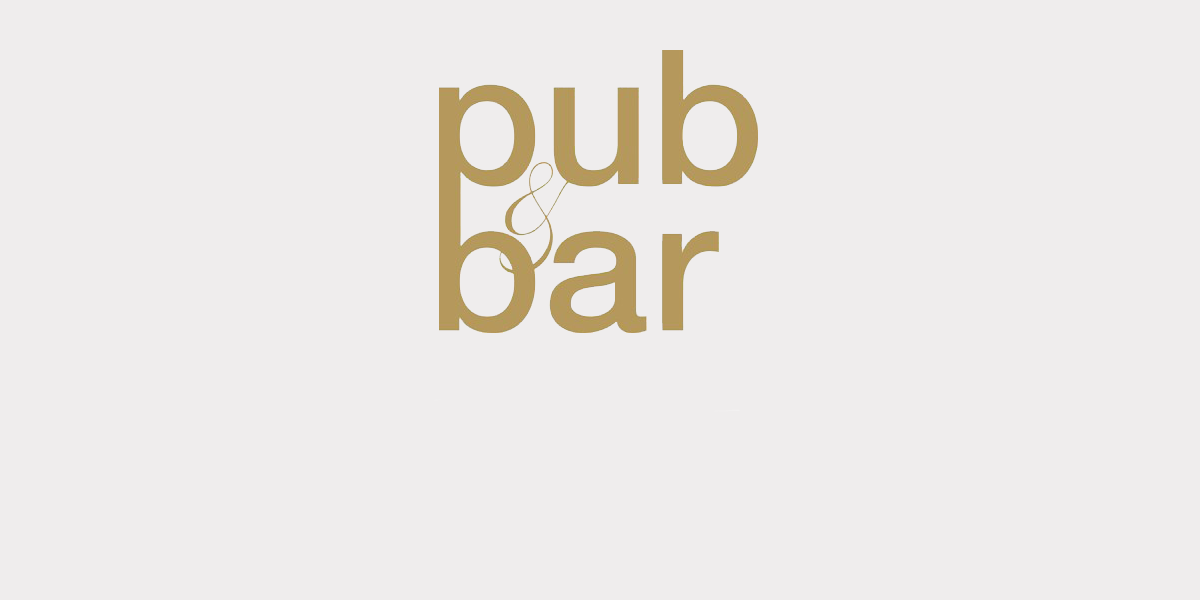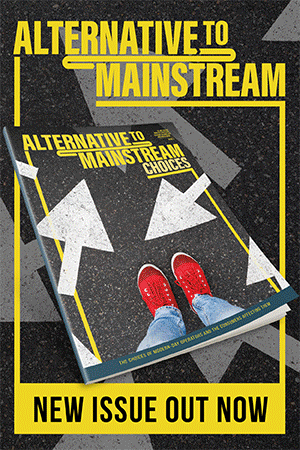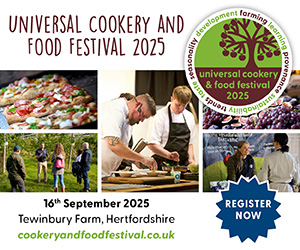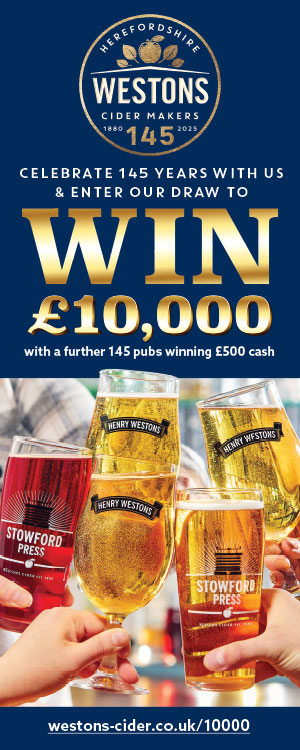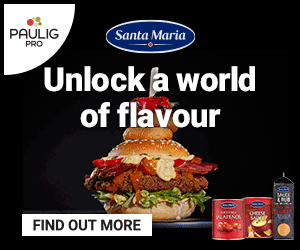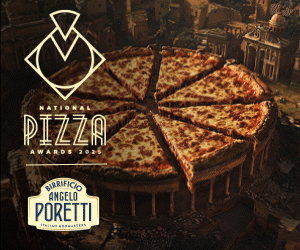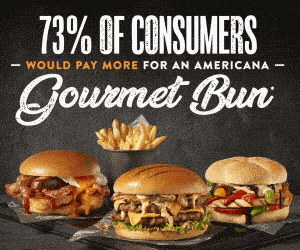Opinion: Table meals – does size matter?
Pub & Bar’s legal page writers address the current issue of what makes a substantial meal.
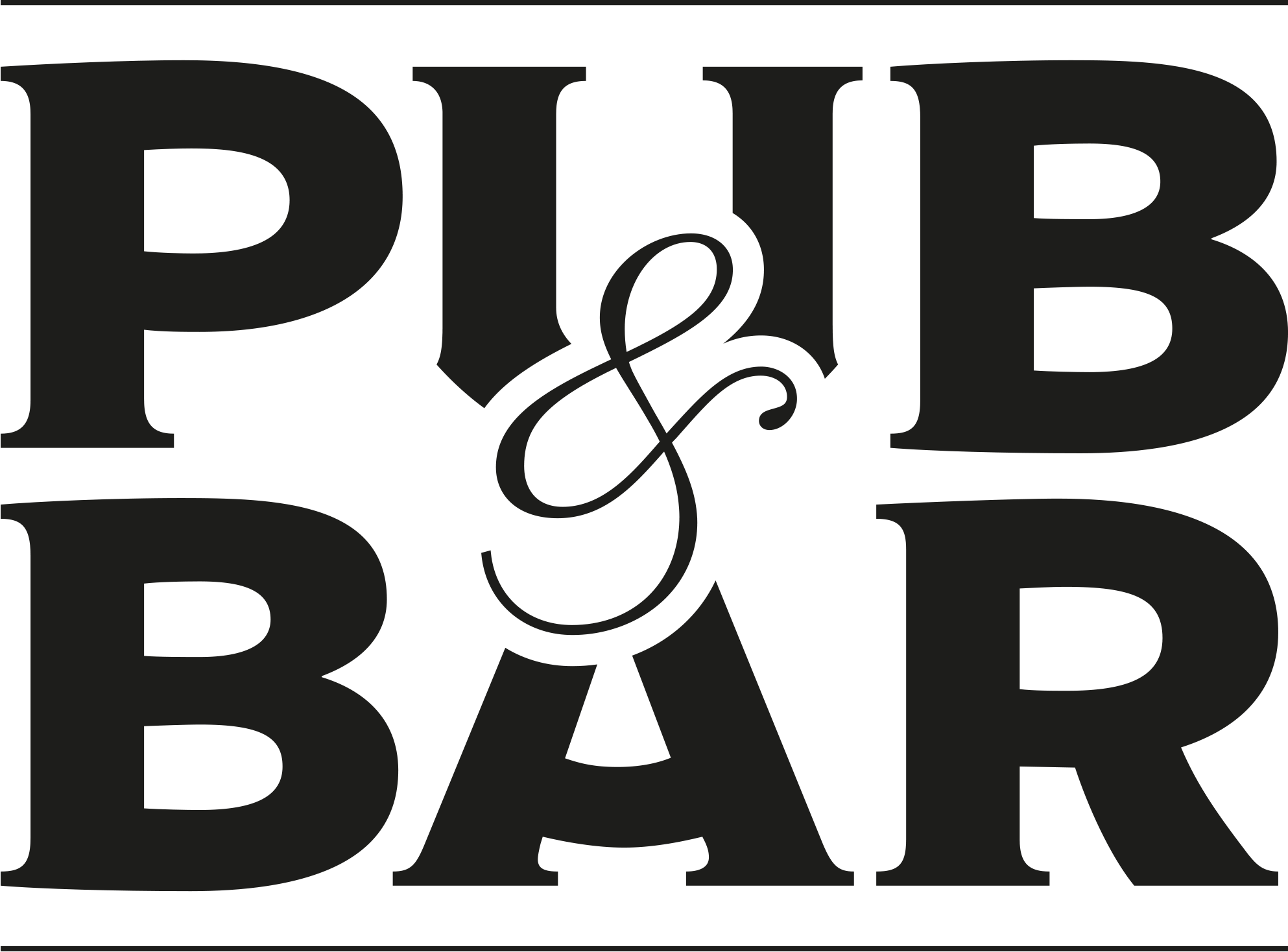
Pub & Bar’s legal page writers David Clifton and Suzanne Davies from Clifton Davies Consultancy Limited address the issue of substantial meals.
The prime minister’s 12 October announcement of a new three-tier Covid-19 alert system for England has raised many questions, not least the extent to which agreement on the new restrictions imposed on the Liverpool City Region – presently the sole Tier 3 Very High Alert area – had indeed been reached in advance with the metro mayor of that region, as maintained by Boris Johnson.
For pub and bar owners in Liverpool and in other parts of the country who may find themselves categorised as being within Tier 3 in the future, another significant question immediately arose, namely: “What constitutes a substantial meal?”
That’s because when explaining the Tier 3 restrictions in his speech, the PM said: “Pubs and bars must close and can only remain open where they operate as if they were a restaurant – which means serving substantial meals, like a main lunchtime or evening meal. They may only serve alcohol as part of such a meal.”
Boris was not 100% correct there. That became clear when we saw regulation 16 of the snappily named Health Protection (Coronavirus, Local Covid-19 Alert Level) (Very High) (England) Regulations 2020. That says:
(1) A person responsible for carrying on a business of a public house, bar or other business involving the sale of alcohol for consumption on the premises must cease to carry on that business, unless paragraph two applies.
(2) This paragraph applies if alcohol is only served for consumption on the premises as part of a table meal, and the meal is such as might be expected to be served as the main midday or main evening meal, or as a main course at either such meal.
The real question is therefore: “What constitutes a table meal?”
“The court famously found in favour of a substantial sandwich accompanied by beetroot and pickles”
Believe it or not, that very same question used to come before the High Court of Justice in years gone by. In the 1955 case of Solomon v Green, the court determined that sandwiches and sausages on sticks constituted such a meal. One might have thought that sufficiently answered the question, but the same point arose 10 years later in the case of Timmis v Millman, when the court famously found in favour of a substantial sandwich accompanied by beetroot and pickles.
The above judgments may bring back memories for some readers familiar with supper hour certificate applications under section 68 of the old Licensing Act 1964. The High Court’s above findings were crucial when licensing magistrates had to decide whether designated areas of pubs were truly ‘usually set apart’ for the service of table meals, entitling them to stay open for an additional hour after the end of what were then ordinary permitted hours.
The relevance of the question didn’t completely disappear when the current Licensing Act 2003 came into force in 2005. That is because, when addressing the question of consumption of alcohol by children, section 150(4) of that Act expressly permits 16- or 17-year-olds to consume beer, wine or cider with a table meal if they are accompanied by an adult.
Section 159 of the 2003 Act goes on to define a ‘table meal’ for the purposes of section 150. It is: “A meal eaten by a person seated at a table, or at a counter or other structure which serves the purpose of a table and is not used for the service of refreshments for consumption by persons not seated at a table or structure serving the purpose of a table.”
That is exactly the same definition adopted by Parliamentary Counsel responsible for drafting the new regulations. Nevertheless, the accompanying government guidance omits all reference to ‘table meals’, appearing instead to prefer the PM’s approach. It merely states that: “Pubs and bars must close. They can only remain open where they operate as if they were a restaurant – which means serving substantial meals, like a main lunchtime or evening meal. They may only serve alcohol as part of such a meal.”
What is a table meal?
So where does that leave us on this vexed question of what exactly is a ‘table meal’ for the purpose of pubs and bars that now are, or may in the future be, located within Tier 3 Very High Alert areas of England. Here are our conclusions:
- Under regulation 16(3) of the newly introduced regulations, your premises will be regarded as including (a) an adjacent area where seating is made available (whether or not by your business) for your customers or (b) where your customers gather to drink outside.
- You will only be permitted to serve alcohol for consumption by a customer or customers on your premises (within the above wider definition of your premises) if it forms part of a table meal.
- Such customers must, while they are on your premises, be seated at a table (or a counter or other similar structure that serves the purpose of a table) that is not used for serving refreshments to anyone who is not seated (which will not be the case anyway while present restrictions remain in force).
- The meal itself must be of a type that might be expected to be served as a main midday or evening meal or as a main course at such a meal. It is unclear whose expectation applies here. While many might understand Boris to regard such a meal as needing to be “substantial”, that adjective is not contained in Regulation 16. It must be relevant that those with lesser appetites are likely to have lesser expectations insofar as their own midday or evening meal is concerned. Additionally, of course no obligation exists on the part of pub and bar operators to ensure that customers polish off the last crumb of their meals, whatever size they are.
- These days, does the concept of a midday meal still exist? The rising popularity in recent years of brunch availability over extended periods of time is just one example of how customers’ expectations have changed, so we believe the same consideration should be given to brunch dishes as lunch dishes.
- While what is now the Licensing Act 2003 was being debated as a Parliamentary Bill, the then responsible minister, Dr Kim Howells, told his fellow MPs that the Timmins v Millman definition of a table meal would apply to the new legislation too, giving ministerial approval to ‘‘a substantial sandwich accompanied by pickles and beetroot’‘.
- At one end of the spectrum, a packet of crisps (even if garnished with a slice of beetroot) is unlikely to satisfy the requirements of the new Regulation 16(2), but, in our view, plenty of room exists for licensing practitioners such as us to argue that a good deal of flexibility exists to justify widely differing meals (and sizes of meals) as fulfilling those requirements.
Feel free to contact Clifton Davies Consultancy Limited via cliftondavies.com

